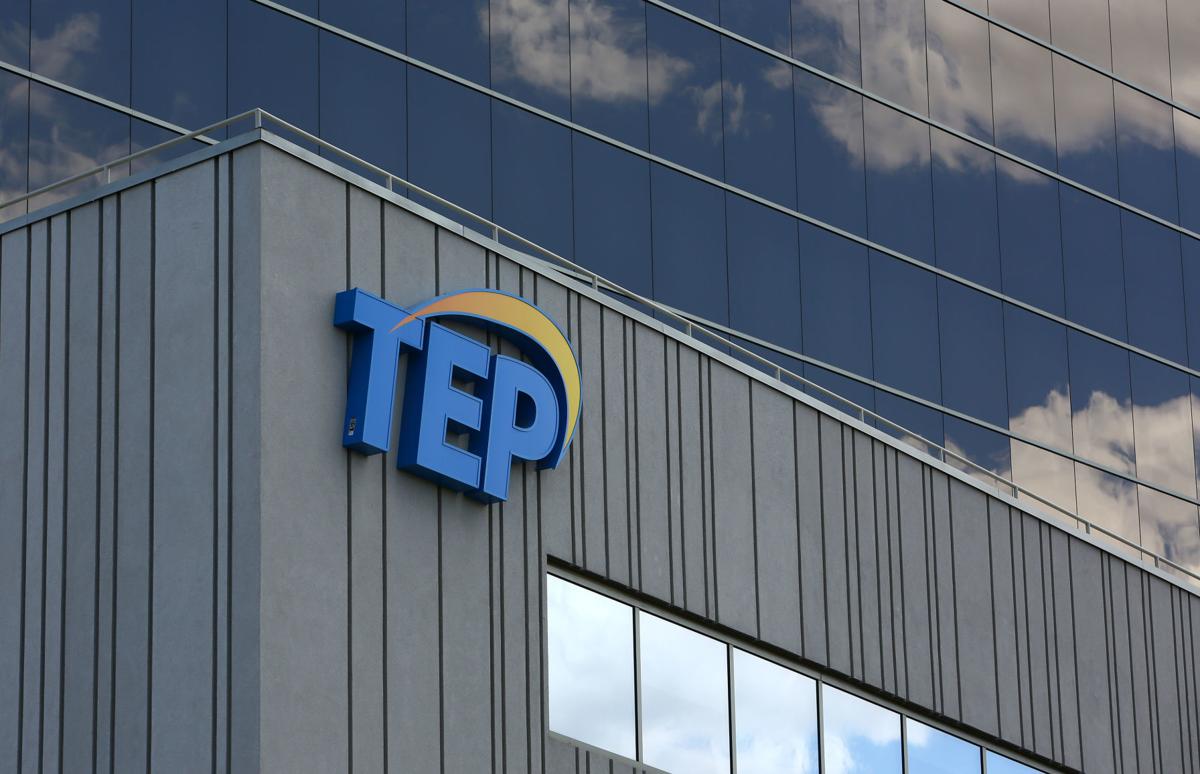The following column is the opinion and analysis of the writer.
All around the globe, we are seeing the effects of climate change, from the fires raging in Australia, to hurricanes of unparalleled magnitude. Instead of taking a proactive approach to positioning our state to take advantage of the abundance of solar and wind power, Tucson Electric Power is remaining stuck in old methods of energy generation. TEP is currently proposing to hike the prices its customers pay for electricity, to cover the expenses associated with purchasing part of the Gila River Gas Plant, building a series of engines at the Sundt Gas Plant, and continuing operation of two coal plants: Springerville and Four Corners.
TEP is seeking approval from the Arizona Corporation Commission for a retail revenue increase of $76 million, or 7.8%, effective May 1, 2020. If approved, residential electric rates for the average customer will rise by 7.6% or about $7.61 per month and increasing fixed charges by $2. This is wrong on many levels, but as a physician, I would like to discuss, first, the health effects of current methods of energy generation.
Coal pollutants affect all major body organ systems and contribute to four of the five leading causes of mortality in the U.S.: heart disease, cancer, stroke, and chronic lower respiratory diseases. Each step of the coal life cycle — mining, transportation, washing, combustion, and disposing of post-combustion wastes — impacts human health. Coal combustion contributes to diseases affecting large portions of the U.S. population, particularly children and older adults, including asthma, lung cancer, heart disease, and stroke, compounding the major public health challenges of our time.
It interferes with lung development, increases the risk of heart attacks, and compromises intellectual capacity. Four Corners and Springerville coal plants emit carbon that is equivalent to emissions from 1.17 million cars on the road and contribute to 116 asthma attacks annually. TEP’s gas units emit significant amounts of nitrous oxide, which contributes to the formation of ozone, a pollutant of key concern in Tucson.
In addition to health concerns, coal and fracked gas production makes no sense economically. As the price of alternative energy decreases, coal fired plants have no future. This is evident by the closure of the Navajo Generating Station. A recent study by Rocky Mountain Institute finds that 90% of proposed combined-cycle gas plants in the next five years would become uneconomical by 2035.
Instead, TEP should be planning to support the local communities’ transition away from fossil fuels.
They can do this by supporting the Citizen Groups’ recommendation for the Arizona Corporation Commission to commence a generic proceeding on just transition that will address other potential power plant closures on the horizon and plans to leave communities better prepared for a just and equitable transition.
In addition, TEP should be adding to their solar portfolio. A recent analysis by Strategen found that retiring Springerville Generating Station units 1 and 2 and Four Corners Generating Station units 4 and 5 by 2023 and switching to solar and battery storage would save TEP customers more than $777 million.
Similarly, installing more solar will support a strong solar economy in Arizona. Arizona has more than 450 companies involved in solar development, bringing local jobs and tax dollars across the state.
TEP, for both health and economic reasons, please change your priorities and do what is right for the future of Arizona.





